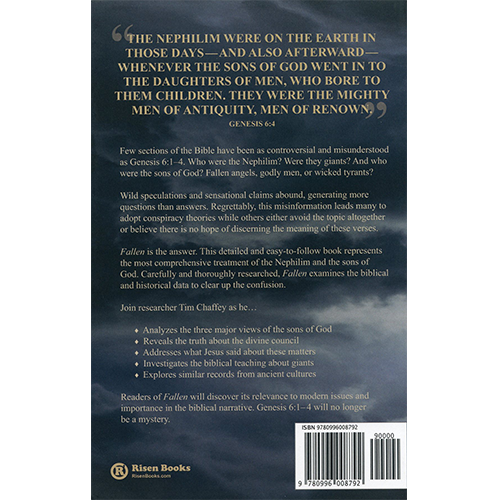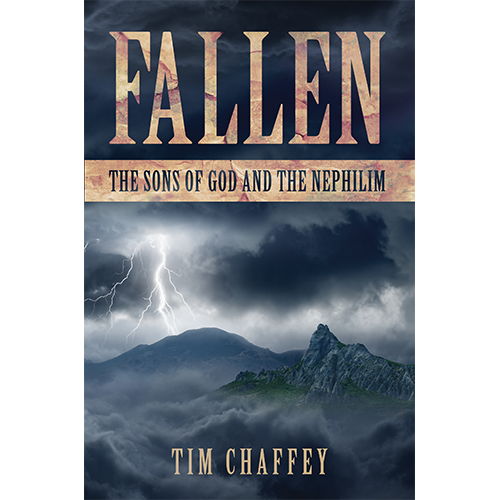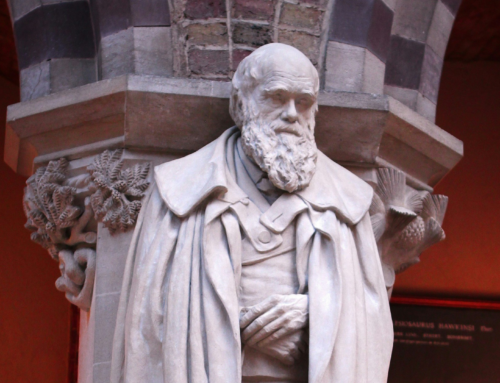The Nephilim and the Sons of God – Part Two
The Sethite View
In Part One on this topic, The Nephilim and the Sons of God – An Introduction, we introduced the three most common views on the identity of the sons of God: the Sethite View, the Royalty View, and the Fallen Angel View. Looking at the Nephilim, we presented the two main views about the Nephilim. In this article, we take a closer look at the Sethite View. Here are the first two verses of our passage in Genesis 6.
“And it came about, when mankind began to multiply on the face of the earth, and daughters were born to them, that the sons of God saw the daughters of men, that they were beautiful. And they took for themselves wives from any they chose.”
Positive Arguments for the Sethite View
This Sethite position claims that “the sons of God” were godly men from the line of Seth (Genesis 5), and “the daughters of men” were ungodly women from the line of Cain (Genesis 4:16–24). Sethite supporters generally see an overarching theme in Genesis 4–5 of believers being contrasted with unbelievers. As mentioned in the introductory article, this position was by far the most common interpretation from the 5th century through early 20th century. Proponents of this position also point out the fact that believers are sometimes called “sons of God” in the New Testament.
Surprisingly, these are essentially the only positive arguments raised in support of the Sethite View. The other arguments are basically claims against the presumed impossibility or perceived absurdity of the Fallen Angel View. But an argument against the Fallen Angel View should not be deemed as evidence for the Sethite position since there is another alternative—the Royalty View. We will further examine those positions in upcoming articles. For now, let’s see how the Sethite arguments hold up.
Problem — Assuming All Sethite Men Were Godly and All Cainite Women Were Ungodly
Although it seems reasonable at first glance, the Sethite View has numerous shortcomings. First, it assumes that all the women in Cain’s line were ungodly and that all the men in Seth’s line were godly, but the Bible doesn’t tell us this. Sure, we know that Enoch and Noah were righteous, but beyond that, do we really know whether the other men in Seth’s line were godly? Can we be sure that the women in Cain’s line were ungodly? The Bible makes it abundantly clear that by Noah’s day, the whole world was corrupt and filled with violence. Noah found grace in the eyes of the Lord, but the rest of the world was wicked, and that would include all the other Sethites.
Problem — Daughters in the Wrong Line
Furthermore, if the term “daughters of men” must be limited to one line, then it should be the Sethite line. The Cainite genealogy only lists one daughter (Naamah in Genesis 4:22) whereas every person in Seth’s line (except Noah) had “sons and daughters.” (Note: the Cainite genealogy mentions two other women—the two wives of Lamech—but it does not tell us if they descended from Cain.) So if Genesis 6 is about these two lines, then surely the “daughters of men” should be from the line that constantly mentions daughters.
Problem — What Happened to the Other Lines?
But the textual problem is much worse than limiting the identity of “the daughters of men” to one genealogy as held by the Sethite View. What about all the other lines from Adam? After all, he had other sons and daughters (Genesis 5:4). Are we supposed to pretend that these lines didn’t exist? Not only that, Genesis 6:1–2 makes it extremely clear that the “daughters of men” cannot be limited to one line. Verse 1 speaks of men multiplying on the face of the earth and having daughters. This refers to mankind in general. Then the next verse speaks of the daughters of men. Obviously, the daughters of men are the same daughters mentioned in the previous verse that were born to men as they multiplied on the earth. Nothing in the text indicates that we should narrow the meaning of this term down to one line.
Problem — Inconsistency in the Definition of “Men”
And if that is not a big enough problem, the Sethite view changes the meaning of “men” throughout this passage to go from “all men” to “certain men” and back multiple times. In verse 1, the men multiplying on the earth is generally understood as all men, and rightly so. But in verse 2, as pointed out above, the Sethite View narrows all men to just certain men (line of Seth). In verse 3, it switches back to mean all men, but then back to just certain men in verse 4. Finally, in verse 5, this opinion reverts back to all men.
Problem — Senseless in Context
Not only does the Sethite View lack textual support, it makes very little sense of the context. This passage is placed at the start of the Noah/Flood narrative. While all three major views agree that something bad is taking place in this passage, the Sethite View gives little cause for a global judgment. Within this view, believers married unbelievers which eventually led to God judging the world with the Flood. While we do not diminish the problem of a believer marrying an unbeliever, it seems far-fetched to think that this provides an adequate backdrop for the most devastating judgment this world has ever seen, particularly when believers continued to marry unbelievers throughout history without humanity suffering a worldwide judgment.
This issue also highlights how the Sethite View is practically self-defeating. That is, the sons of God were allegedly godly men, but this interpretation tells us that these godly men kept on marrying ungodly women. It is true that believers have married unbelievers before, but if these Sethite men were so godly, why would they continually marry unbelieving women?
Problem — No Explanation of the Nephilim
Finally, the Sethite View cannot account for the existence of the Nephilim. As we will see in coming articles in the series, this word does not mean “fallen ones,” as many popular writings claim. Lexicons and academic commentaries are virtually unanimous that it means “giants.” Also, when properly understood, verse 4 makes it clear that the Nephilim (giants) were the offspring of the sons of God and daughters of men (also explained in a forthcoming article). Why would the union of a believer and unbeliever produce giants?
The Sethite View also fails to account for the Nephilim after the Flood (Numbers 13:33). If the Nephilim were truly the offspring of Sethite men and Cainite women, and this union of godly and ungodly provoked the worldwide Flood, then how could there be Cainite women around after the Flood when they were all killed during the Flood?
Other problems with the Sethite interpretation could be listed, but this overview highlights many of the major weaknesses with this position. In our next post on this topic, we will consider the strengths and weaknesses of the Royalty View, which claims that the sons of God were rulers who forced women into polygamous marriages.
Thank you for continuing this intriguing study of the Nephilim and the sons of God with us!









